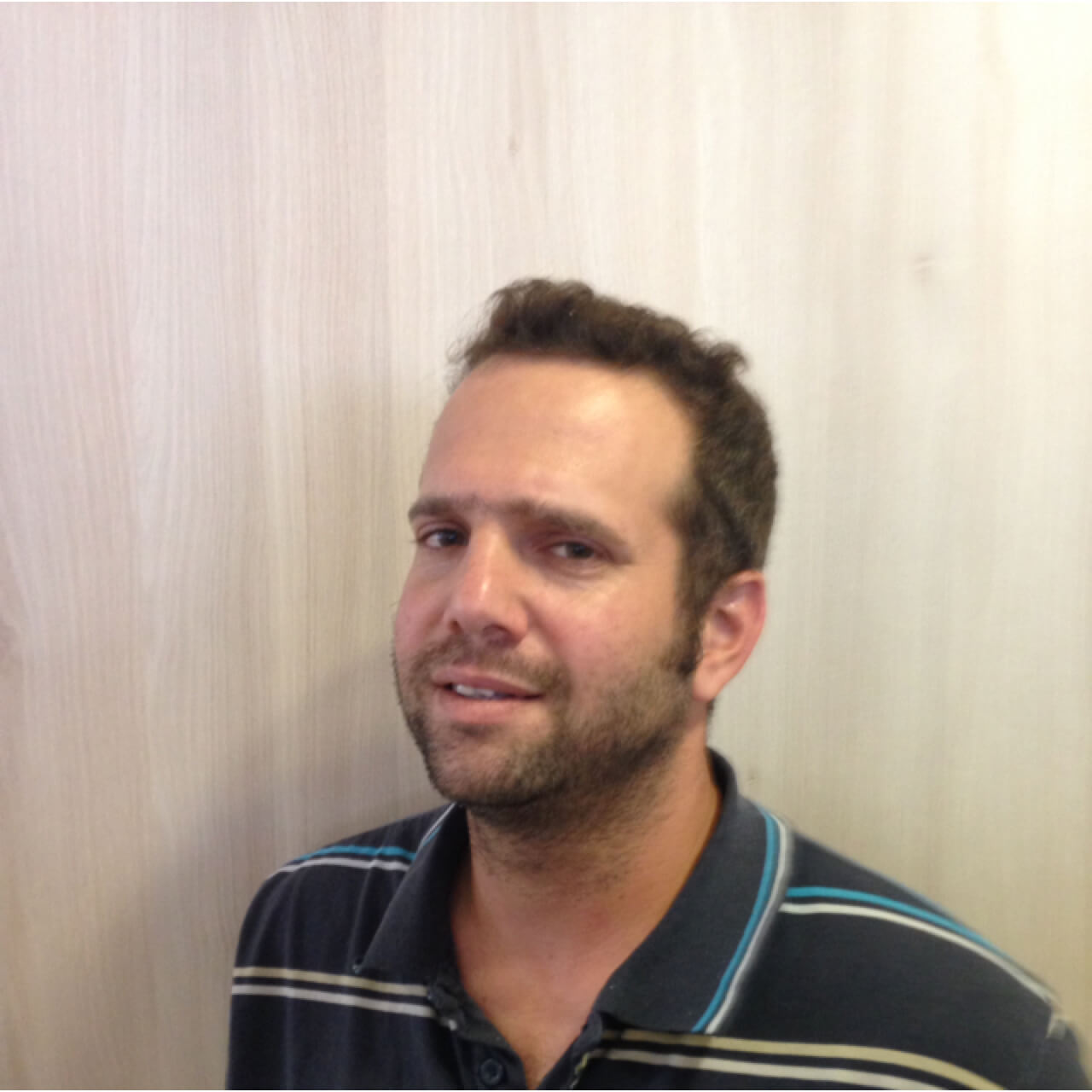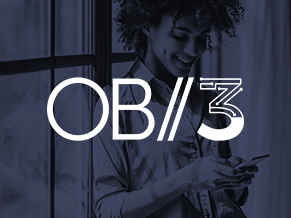Contently Summit Recap – Breaking the Cycle of Garbage
|
|
Above is a Google Trends report on the rise of interest in content marketing over the past five or so years. Businesses large and small have jumped to adopt this new medium of marketing, creating a surge of new content across the web in hopes of better engaging their audiences.
But, it seems we may have already reached the tipping point as things like content shock and content saturation become real concerns for brands investing top dollar into their media spend on things like creation, while content visibility continues to decline.
This, according to Shane Snow, Co-Founder and CCO of Contently, is the point in the Edison Cycle upon which a newly embraced medium starts to take a turn for the worse and starts becoming…
Garbage.
|
|
In other words, too much content for the sake of content and not enough creativity to break through the noise. But, not all is lost. Despite the fact that our attention spans are now reportedly shorter than that of a goldfish, people spend more time than ever reading, writing, educating themselves, listening to music and podcasts, and generally just consuming more good content from brands.
So, where does that leave us?
Well, Shane believes it’s an opportunity for us to create better stories and that content marketing isn’t jumping the shark just yet. In actuality, he predicts the next wave of great content is going to come from this industry.
Armed with learnings from this year’s Contently Summit, we’ll tell you everything you need to know about how to “think beyond the medium” so you too can break through the Edison cycle.
1. Dismantling the Word Content
Everything is “content” these days.
The problem with that has less to do with the excessive overuse of the obnoxious buzzword and everything to do with the oversimplification of how a brand attempts to capture the attention of a particular audience.
This fatal error can be attributed to the blasting of mass communications across mediums without any consideration of contextual or even platform relevancy, costing brands their impact and influence in the content marketplace.
Instead of saying “content,” Joe Puglisi, Director of Creative Strategy at BuzzFeed, suggests calling it what it is.
“Is it a long-form article? Is it a video? Breaking it down the media type forces you to think about the medium and more closely to the audience you are trying to reach.”
Instead of acting as megaphones, audience-first should be the approach for any piece of creative and should be tailored per platform.
Recurring Consideration – Be as true to the evolution of these platforms as you can because they are always changing.
2. Creative as the Spark, Distribution as the Gas
Only after learning what it means to put the consumer at the heart of our creative can we begin to produce and engineer amazing stories. But even a strong narrative hook may not be able to penetrate platforms like Facebook, with powerful algorithms favoring publisher pages, family and friends in the feed, or Twitter, challenging brands to compete with popular culture.
In order to win this war, a marketer must weaponize their distribution efforts by taking that amazing content and setting it ablaze with smarter targeting. Even organic reach can be optimized for stopping power, making content go farther faster with strategic boosting.
Consider the gas and oil mix as you weigh your organic versus paid efforts. Stacey Minero, Head of Planning & Creative Agency Development for Twitter, argues it’s not an either-or scenario:
“If you tweet two to three times a day over the course of the week, you can reach about 40% of your followers, and even more if you are promoting tweets.”
This allows you to activate your current followers, with little barrier, while testing what you want to push out to a broader audience at scale.
.@Joefi from @BuzzFeed on how their approach to social is all about testing to learn what resonates with audiences #ContentlySummit pic.twitter.com/NYaZ1QEsU6
— Outbrain (@Outbrain) October 13, 2016
Harsh Realization – If you only focus on production, the next time you invest in content you are going to end up with the same (unengaged) audience.
3. Anchoring with Authenticity
While Claire Stapleton, Social Marketer at YouTube, stands by the notion that “It’s okay to not be consistent or that precious about maintaining the same persona for each platform,” a brand will struggle if it doesn’t know what it stands for..
Authenticity and personality is what will carve out a space in the minds of a consumer with a variety of options and resources at their fingertips.
For YouTube, it’s been about anchoring itself and discovering what its turf is as well as what its audience cares about. This has led them to take a macro view on trends and culture, zeroing in on and speaking to different cultural reference points every day, all while continuing to build out a community for creators.
Consequential Tip – A brand should power experiences for their audiences—not overly brand them.
Looking to the Future
The culture of content means something different to everyone, but it is safe to say that we all recognize the importance of putting the consumer at the center of what we do. As the distinction between content and advertising begins to wane, this frame of thought will enable us to continue adding value to the lives of our consumers—even if it’s in the form of an ad.
Consumers simply don’t want interruptive experiences anymore.
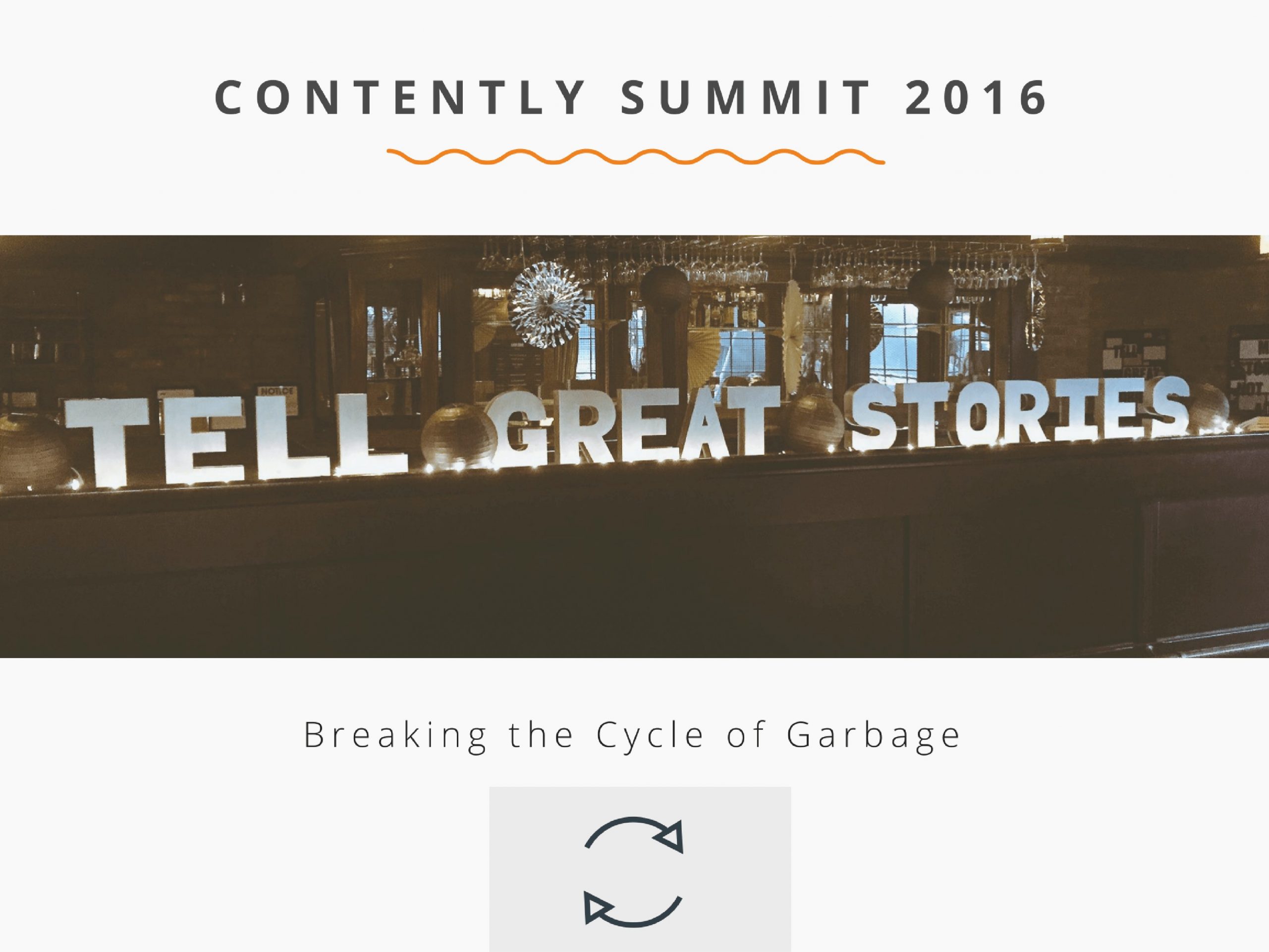
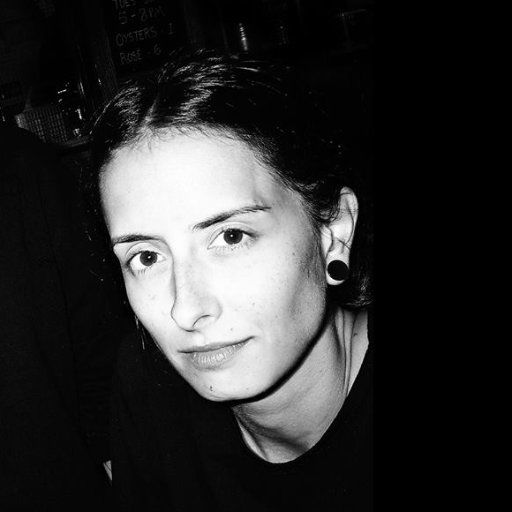
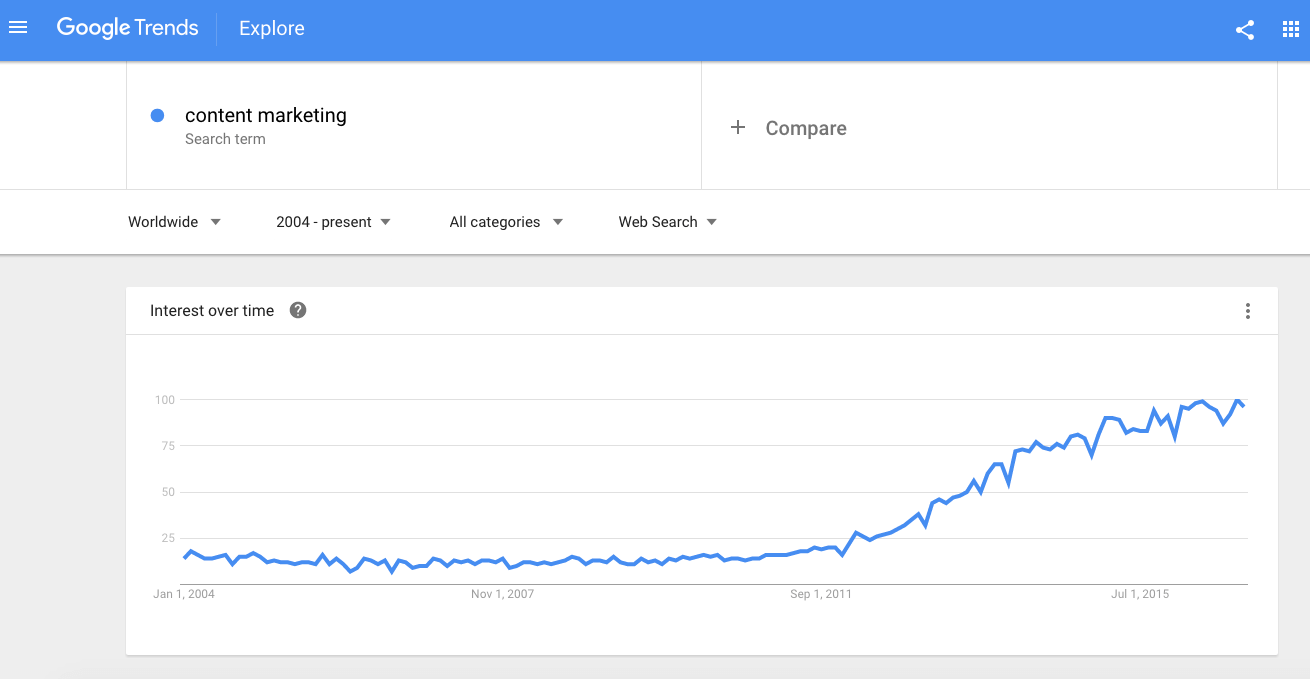
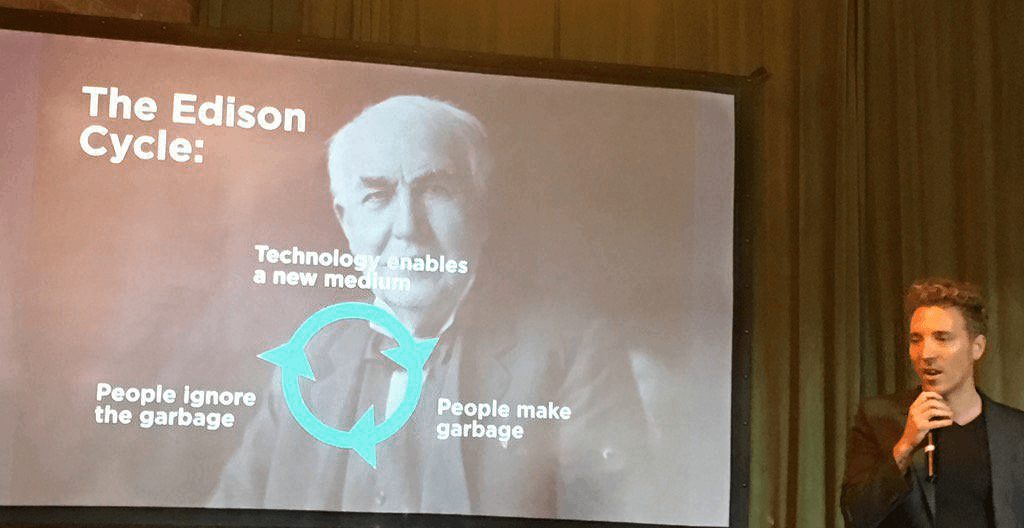

![[Event Recap] 3 Highlights from Outbrain’s 2021 Unveil](https://www.outbrain.com/blog/wp-content/uploads/2021/01/OB-Blog-Post-Regular-Thumbnail-Unveil-Recap.jpg)


